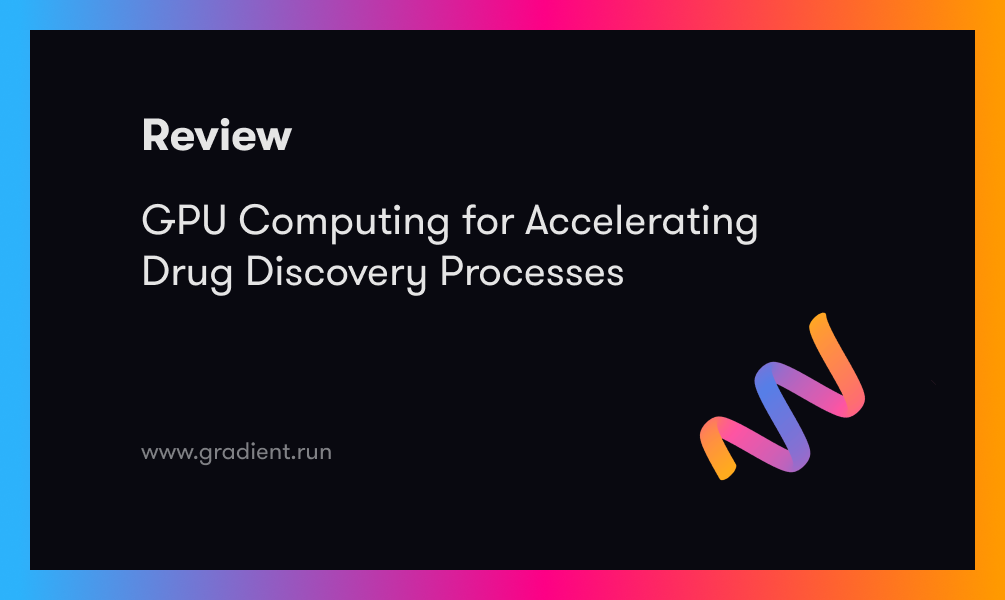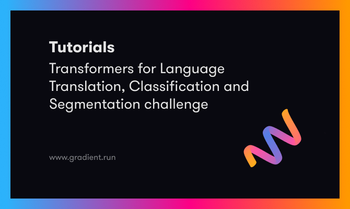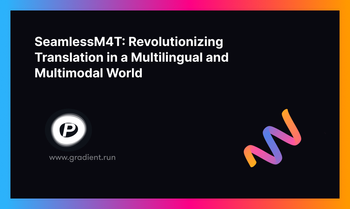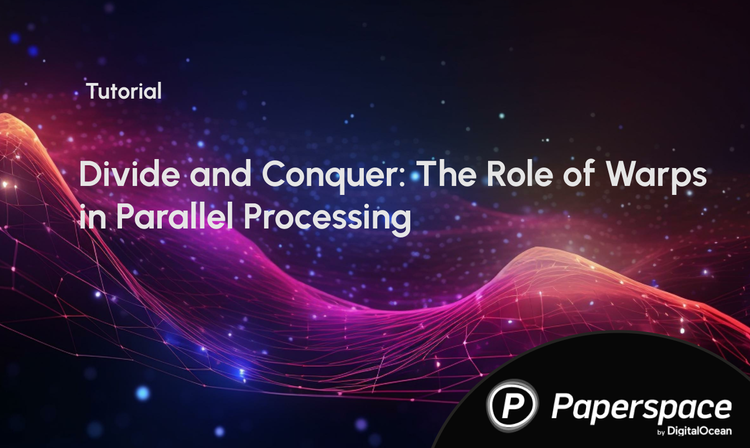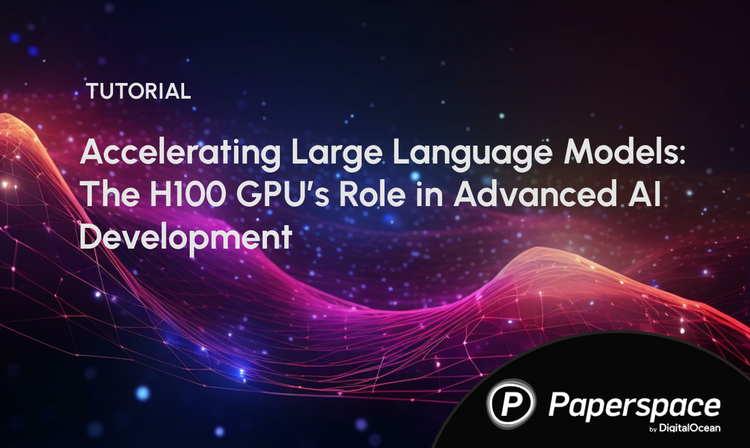GPUs have become a popular option for speeding up HPC in a variety of fields, including the pharmaceutical industry's drug research and development processes. GPUs, with their high computing capacity and parallel processing capabilities, are well-suited to tackling the challenge encountered by scientists in this area. In this piece, we'll go into the fundamentals of GPU computing and the many ways in which it might help to accelerate the drug development process. In addition, we'll go through some of the more particular problems that GPUs can solve, such molecular docking and molecular dynamics simulations. Finally, we will show how GPU computing has already revolutionized the pharmaceutical business by providing instances of its actual use in drug research and development.
Key Concepts and Benefits of GPU Computing in Drug Discovery
Parallel Processing
When we're trying to figure out if a new medicine will stick to the right protein in our body, there's a ton of math involved in checking all the different ways they could fit together. GPUs have a whole bunch of cores that can split up the work so we don't have to perform each calculation one at a time - its like having a huge team of scientists in your computer! This makes the predictions much faster and more on point. Overall, GPUs are clutch for drug discovery because of how they can crank through piles of parallel math at lightning speed.
High-Performance Computing
GPU computing can really speed things up when it comes to complex calculations with lots of data. That's because GPUs are built to handle huge amounts of data and perform complex calculations. This makes them awesome for the math-heavy work involved in finding new drugs. Researchers using GPUs can cut down the time it takes to spot promising medicine candidates and get them to people who need them.
Computational Efficiency
GPU computing also offers significant computational efficiency advantages. Compared to traditional Central Processing Units (CPUs), GPUs can perform more calculations per watt of power consumed, making them a more energy-efficient option for drug discovery applications. This not only helps reduce costs but also contributes to a more sustainable approach to drug development. Lower power costs let you run more simulations and screen more drug candidates. More candidates screened means more potential blockbuster treatments identified and so GPUs provide a double bottom-line boost - lower costs and better discovery success rates. Pretty sweet deal.
Challenges in Drug Discovery and How GPUs Help Overcome Them
Molecular Docking Simulations
Molecular docking is like a computer simulation used by scientists working on new medicines. It lets them figure out how a little drug molecule might fit together with a protein it's supposed to affect. The point is to predict the best way the drug and protein can snap together, like two puzzle pieces. To do it, the computer tries out a bunch of different orientations for the drug as it docks to the protein and then it calculates the energy for each orientation to see which one has the lowest energy - that's the most stable connection. The scientists can then use that preferred orientation to guess if the drug will bind tightly to the protein or not.
Molecular docking simulations are computationally intensive and require the use of high-performance computing resources, such as GPUs. GPUs are well-suited for molecular docking simulations because they can perform many calculations in parallel, allowing for faster and more accurate predictions. In addition, GPUs can handle large amounts of data, making them ideal for analyzing the complex interactions between drug molecules and target proteins.
Molecular Dynamics Simulations
Molecular dynamics simulations are a computational technique used in drug discovery to study the movement and behavior of molecules over time. You basically have the computer solve a bunch of hard math equations that describe how the atoms and molecules interact with each other and this lets you simulate what's going on at a molecular level and see how the molecules are moving, flexing and bumping into each other. From these simulations, scientists can learn a lot about the physical and chemical properties of the molecules they're studying.
For example, they can see if a drug molecule is going to be stable or fall apart over time. Or they can watch how a protein molecule folds up into its proper shape.
Molecular dynamics simulations are performed using high-performance computing resources, such as GPUs, to handle the large amounts of data and complex calculations involved. These simulations require the definition of a potential function, or a description of the terms by which the particles in the simulation will interact. This is usually referred to as a force field and can be defined at many levels of physical accuracy
Machine Learning Algorithms
Researchers are able to evaluate massive datasets and predicts the characteristics of drug candidates with the help of machine learning algorithms, which are gaining prominence in the field of drug development. Since GPUs are capable of parallel computing, they are well suited for training and executing these algorithms. Researchers may save time and improve the accuracy of their predictions by using GPUs to accelerate the development of machine learning models.
Real-World Examples of GPU Computing in Drug Discovery
COVID-19 Drug Discovery: Research for a cure for the COVID-19 epidemic was sped up with the use of GPU computing. By simulating drug candidate binding to the SARS-CoV-2 spike protein using GPUs, researchers at the University of California, San Francisco were able to uncover viable therapeutic candidates.
Cancer Drug Discovery: Researchers at the University of California, San Francisco used GPUs to accelerate the discovery of new cancer drugs. They used GPUs to simulate the binding of potential drug candidates to cancer targets, which helped identify promising drug candidates
Alzheimer's Drug Discovery: New treatments for Alzheimer's disease were discovered faster because to the usage of GPUs by researchers at the University of California, San Francisco. Potential drug candidates' binding to amyloid beta was simulated using graphics processing units (GPUs), leading to the identification of prospective drug candidates.
GPU-Powered High-Performance Computing for Accelerating Drug Discovery
Paperspace is a leading cloud GPU provider. They offer a range of services and tools that can aid in GPU computing for accelerating drug discovery processes. Here's how Paperspace can be leveraged to enhance drug discovery efforts:
- Access to High-Performance GPUs
Paperspace's GPU instances are equipped with NVIDIA GPUs, which are well-suited for parallel processing tasks like molecular docking simulations and molecular dynamics simulations. For researchers working on complex drug discovery projects, access to that kind of number-crunching power is a total game-changer.
- Cost-Effective and Scalable Solutions
Maintaining that level of GPU hardware in-house gets $$$ real fast. With Paperspace's pay-as-you-go pricing, you only pay for the compute resources you end up using and you can scale up or down depending on where you're with a project. That flexibility means you aren't stuck paying for GPU power you don't need at the moment.
For drug discovery teams trying to rein in costs without compromising research velocity, Paperspace checks all the boxes. Lightning-fast GPUs available on-demand, paired with a pricing model designed to help you maximize savings.
- Seamless Abstraction Layer
Paperspace's tools and services provide a seamless abstraction layer that simplifies access to accelerated computing. This abstraction layer allows researchers to focus on their work without being distracted by the complexities of managing GPU infrastructure, resulting in increased productivity and faster time to insights.
- Integration with Deep Learning and AI
Deep learning and AI are totally changing the game in drug discovery. You need some serious computing power to build, train, and run the machine learning models. Paperspace's GPU-enabled DL architectures, combined with its wide range of servers and storage options, make it an ideal platform for building, training, and deploying machine learning models for drug discovery applications.
Conclusion
GPUs have been a game changer for machine learning and AI in drug design. Researchers can optimize drug candidates so much faster and more accurately thanks to the muscle GPUs provide. Overall, this technology has transformed how scientists collaborate and identify promising new drugs. Things that used to take months or years can now be done in days or weeks in some cases. GPU computing has been revolutionary for removing roadblocks in the drug discovery process. It's paving the way for new breakthroughs by giving researchers the computational firepower they need.

